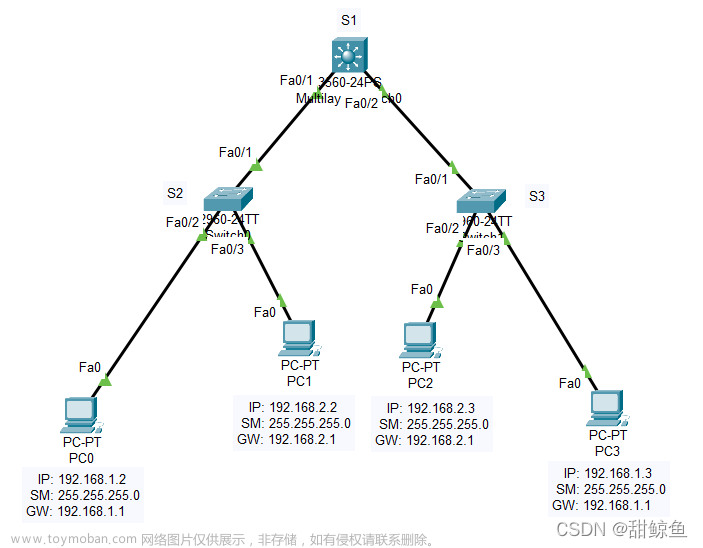Certainly! Here are the C language programs for a simple OpenSSL client and server that can establish a secure communication channel between them:
l
inux环境下
OpenSSL Server Program (server.c):
#include <stdio.h>
#include <stdlib.h>
#include <string.h>
#include <unistd.h>
#include <arpa/inet.h>
#include <sys/socket.h>
#include <openssl/ssl.h>
#include <openssl/err.h>
#define CERT_FILE "server.pem"
#define KEY_FILE "server.key"
void init_openssl() {
SSL_load_error_strings();
OpenSSL_add_ssl_algorithms();
}
SSL_CTX* create_context() {
const SSL_METHOD *method;
SSL_CTX *ctx;
method = SSLv23_server_method();
ctx = SSL_CTX_new(method);
if (!ctx) {
perror("Unable to create SSL context");
ERR_print_errors_fp(stderr);
exit(EXIT_FAILURE);
}
return ctx;
}
void configure_context(SSL_CTX *ctx) {
SSL_CTX_set_ecdh_auto(ctx, 1);
if (SSL_CTX_use_certificate_file(ctx, CERT_FILE, SSL_FILETYPE_PEM) <= 0) {
ERR_print_errors_fp(stderr);
exit(EXIT_FAILURE);
}
if (SSL_CTX_use_PrivateKey_file(ctx, KEY_FILE, SSL_FILETYPE_PEM) <= 0) {
ERR_print_errors_fp(stderr);
exit(EXIT_FAILURE);
}
}
int main() {
int sockfd, clientfd;
struct sockaddr_in serv_addr, client_addr;
socklen_t client_len;
SSL_CTX *ctx;
SSL *ssl;
init_openssl();
ctx = create_context();
configure_context(ctx);
sockfd = socket(AF_INET, SOCK_STREAM, 0);
if (sockfd < 0) {
perror("Unable to create socket");
exit(EXIT_FAILURE);
}
memset(&serv_addr, 0, sizeof(serv_addr));
serv_addr.sin_family = AF_INET;
serv_addr.sin_addr.s_addr = INADDR_ANY;
serv_addr.sin_port = htons(8888);
if (bind(sockfd, (struct sockaddr*)&serv_addr, sizeof(serv_addr)) < 0) {
perror("Unable to bind socket");
exit(EXIT_FAILURE);
}
if (listen(sockfd, 5) < 0) {
perror("Unable to listen");
exit(EXIT_FAILURE);
}
printf("Server listening on port 8888...\n");
while (1) {
client_len = sizeof(client_addr);
clientfd = accept(sockfd, (struct sockaddr*)&client_addr, &client_len);
if (clientfd < 0) {
perror("Unable to accept connection");
exit(EXIT_FAILURE);
}
ssl = SSL_new(ctx);
SSL_set_fd(ssl, clientfd);
if (SSL_accept(ssl) <= 0) {
ERR_print_errors_fp(stderr);
} else {
printf("SSL connection established\n");
char buffer[1024];
memset(buffer, 0, sizeof(buffer));
SSL_read(ssl, buffer, sizeof(buffer));
printf("Received: %s\n", buffer);
char *response = "Hello from server";
SSL_write(ssl, response, strlen(response));
printf("Response sent\n");
SSL_shutdown(ssl);
SSL_free(ssl);
}
close(clientfd);
}
close(sockfd);
SSL_CTX_free(ctx);
cleanup_openssl();
return 0;
}
OpenSSL Client Program (client.c):
#include <stdio.h>
#include <stdlib.h>
#include <string.h>
#include <unistd.h>
#include <arpa/inet.h>
#include <sys/socket.h>
#include <openssl/ssl.h>
#include <openssl/err.h>
#define SERVER_IP "127.0.0.1"
#define SERVER_PORT 8888
void init_openssl() {
SSL_load_error_strings();
OpenSSL_add_ssl_algorithms();
}
SSL_CTX* create_context() {
const SSL_METHOD *method;
SSL_CTX *ctx;
method = SSLv23_client_method();
ctx = SSL_CTX_new(method);
if (!ctx) {
perror("Unable to create SSL context");
ERR_print_errors_fp(stderr);
exit(EXIT_FAILURE);
}
return ctx;
}
void configure_context(SSL_CTX *ctx) {
SSL_CTX_set_default_verify_paths(ctx);
}
int main() {
int sockfd;
struct sockaddr_in serv_addr;
SSL_CTX *ctx;
SSL *ssl;
init_openssl();
ctx = create_context();
configure_context(ctx);
sockfd = socket(AF_INET, SOCK_STREAM, 0);
if (sockfd < 0) {
perror("Unable to create socket");
exit(EXIT_FAILURE);
}
memset(&serv_addr, 0, sizeof(serv_addr));
serv_addr.sin_family = AF_INET;
serv_addr.sin_port = htons(SERVER_PORTApologies for the abrupt cutoff in the code. Here's the continuation of the OpenSSL client program (client.c):
```c
if (inet_pton(AF_INET, SERVER_IP, &(serv_addr.sin_addr)) <= 0) {
perror("Unable to convert server IP address");
exit(EXIT_FAILURE);
}
if (connect(sockfd, (struct sockaddr*)&serv_addr, sizeof(serv_addr)) < 0) {
perror("Unable to connect to server");
exit(EXIT_FAILURE);
}
ssl = SSL_new(ctx);
SSL_set_fd(ssl, sockfd);
if (SSL_connect(ssl) <= 0) {
ERR_print_errors_fp(stderr);
exit(EXIT_FAILURE);
}
printf("SSL connection established\n");
char *message = "Hello from client";
SSL_write(ssl, message, strlen(message));
printf("Message sent\n");
char buffer[1024];
memset(buffer, 0, sizeof(buffer));
SSL_read(ssl, buffer, sizeof(buffer));
printf("Received: %s\n", buffer);
SSL_shutdown(ssl);
SSL_free(ssl);
close(sockfd);
SSL_CTX_free(ctx);
cleanup_openssl();
return 0;
}
To compile and run the programs, you’ll need to make sure you have the OpenSSL library installed on your system. Use the following command to compile the server and client programs:
gcc -o server server.c -lssl -lcrypto
gcc -o client client.c -lssl -lcrypto
Once compiled, you can run the server and client programs separately in different terminal windows. First, start the server:
./server
Then, in another terminal window, run the client:
./client
You should see the client and server establish an SSL connection and exchange messages securely.文章来源:https://www.toymoban.com/news/detail-741487.html
Please let me know if you need any further explanation or examples. If you’re ready, we can proceed to the next section: “SSL Certificates and Keys.”文章来源地址https://www.toymoban.com/news/detail-741487.html
到了这里,关于OpenSSL实现SSL网络通信的文章就介绍完了。如果您还想了解更多内容,请在右上角搜索TOY模板网以前的文章或继续浏览下面的相关文章,希望大家以后多多支持TOY模板网!













